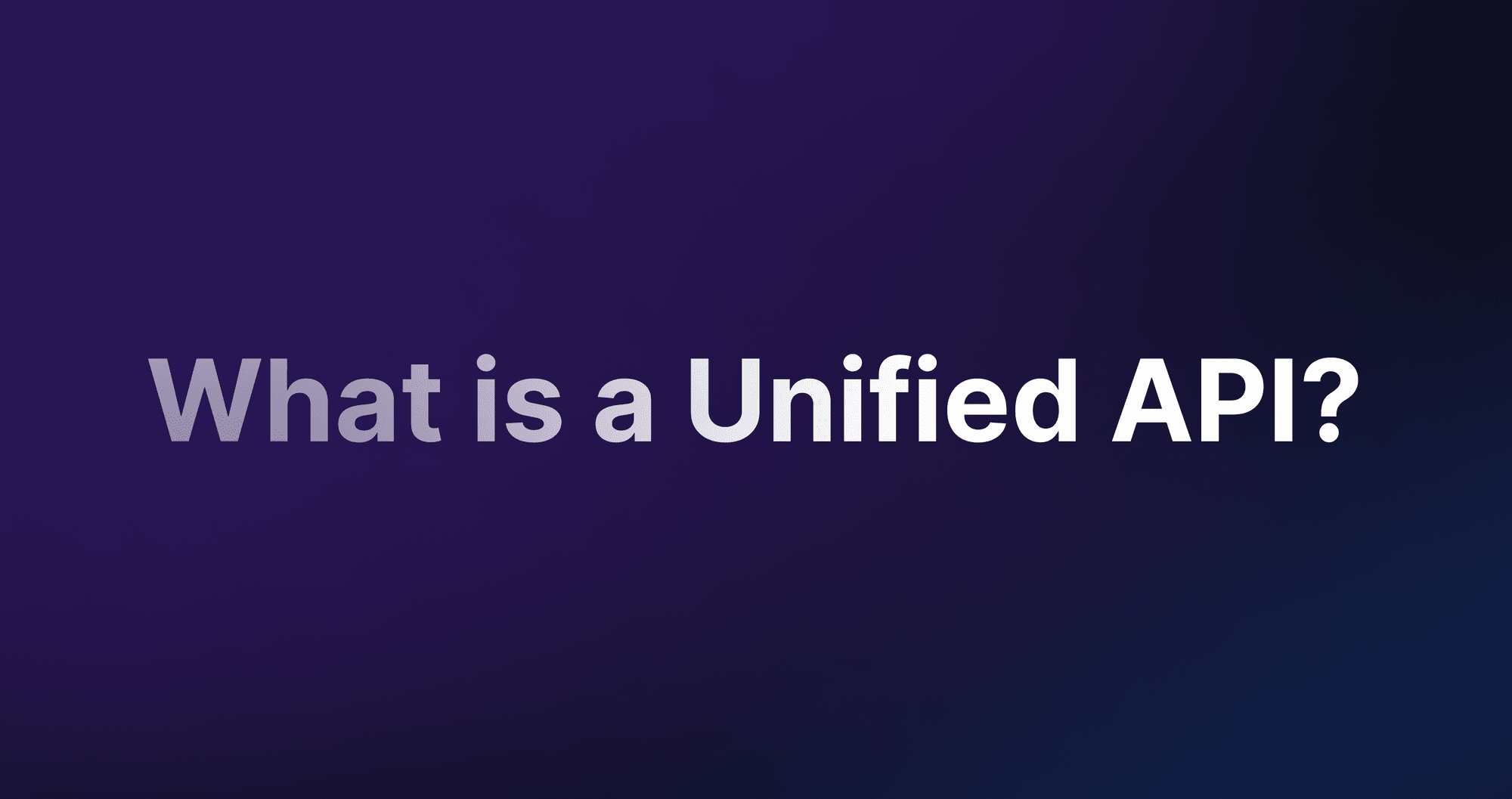What is a Unified API?

Unified API
At its core, a Unified API is an architectural approach that consolidates multiple individual APIs into a single, cohesive interface. This integration allows for streamlined interactions with various services or data sources. In essence, it's a one-stop-shop for API interactions, designed to simplify the way developers interact with disparate software services.
Technical Nuances
A Unified API acts as an abstraction layer. It sits above various individual APIs, providing a unified point of access. This means instead of juggling multiple APIs, each with its own unique quirks and syntax, developers can interact with a single, standardized interface.
Key Characteristics:
- Integration Simplicity: It merges multiple API functionalities, reducing the complexity and overhead associated with managing numerous API integrations.
- Consistency in Data Handling: A Unified API ensures consistent data formats and protocols across various services, easing the handling of data.
- Scalability and Maintenance: By centralizing API interactions, it simplifies updates and scalability, as changes are managed in one place rather than across multiple, individual APIs.
Practical Implications
For developers, the use of a Unified API means less time spent on understanding and integrating various APIs and more focus on core development work. It's a solution aimed at efficiency, consistency, and reducing the cognitive load associated with managing multiple API integrations.
Conclusion
Unified APIs represent a streamlined, efficient approach to API management and integration. They offer a unified interface to multiple services, easing the development process and paving the way for more cohesive software architecture.
Revert.dev is an open-source Unified API that helps you build integrations with third-party tools.
⭐️ Star us here: github.com/revertinc/revert ⭐️
